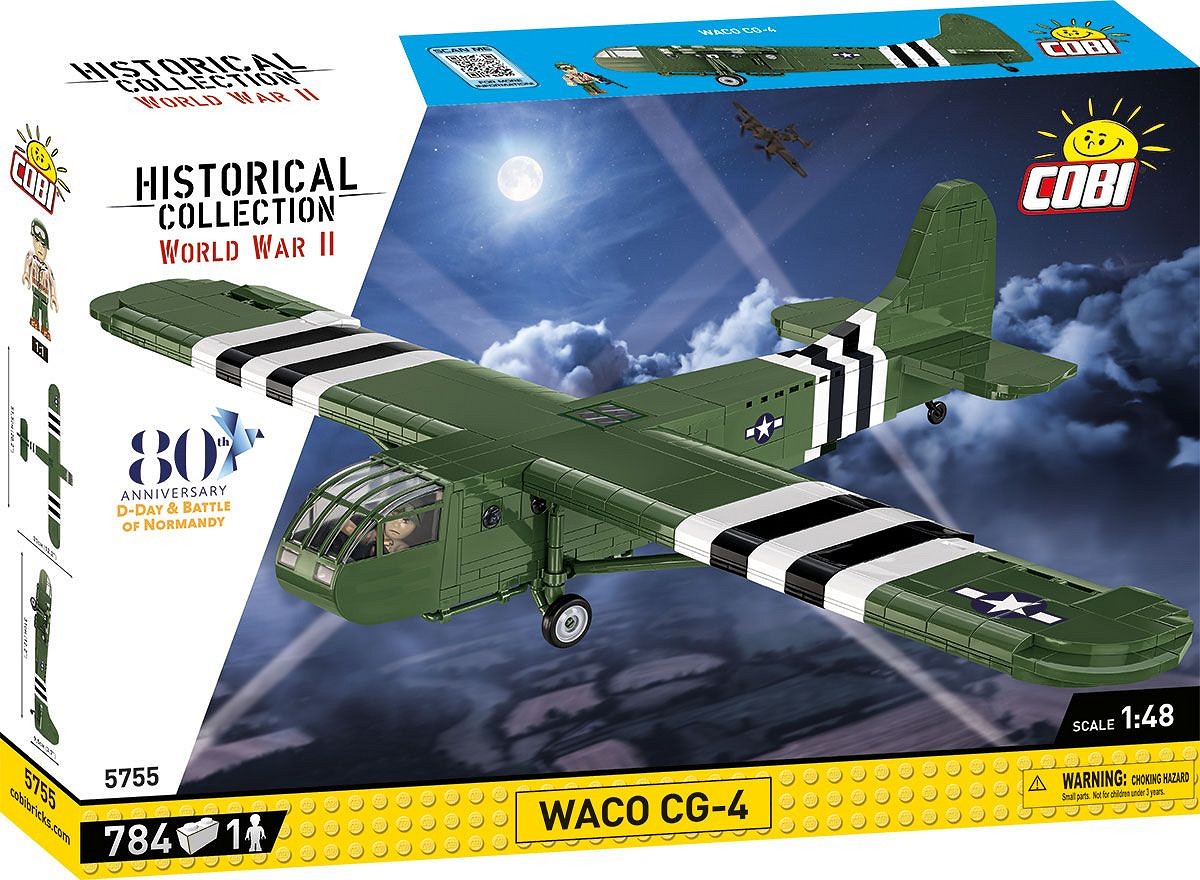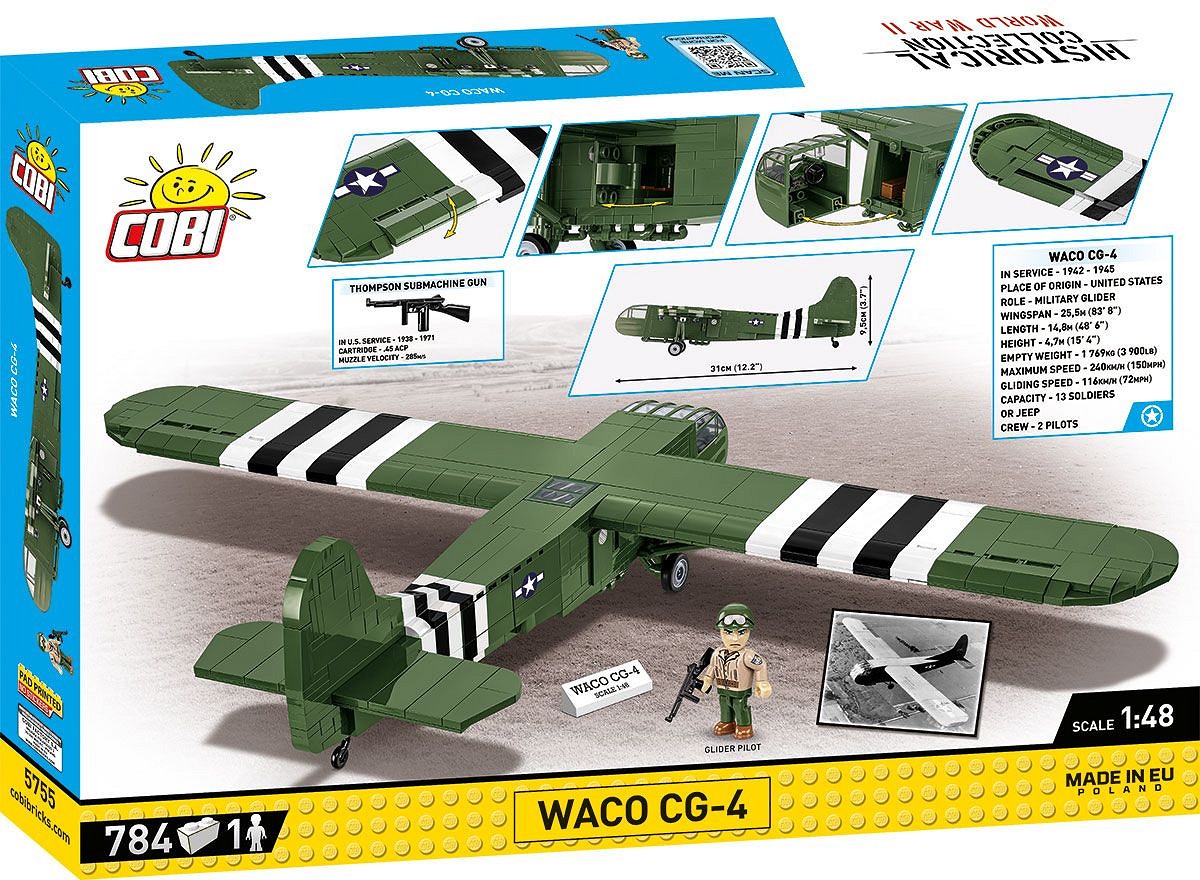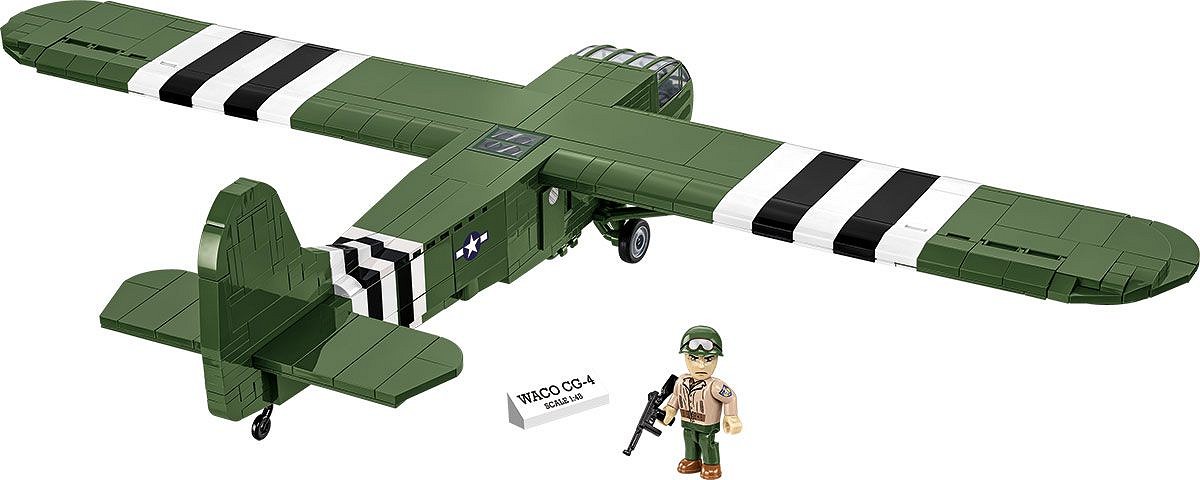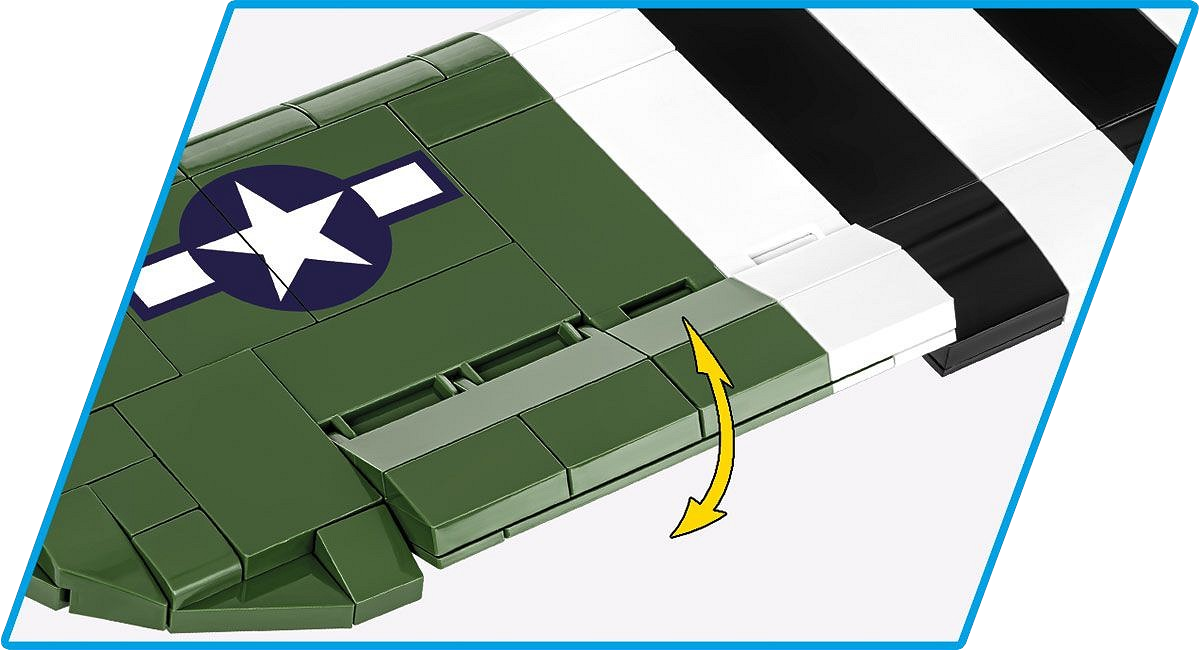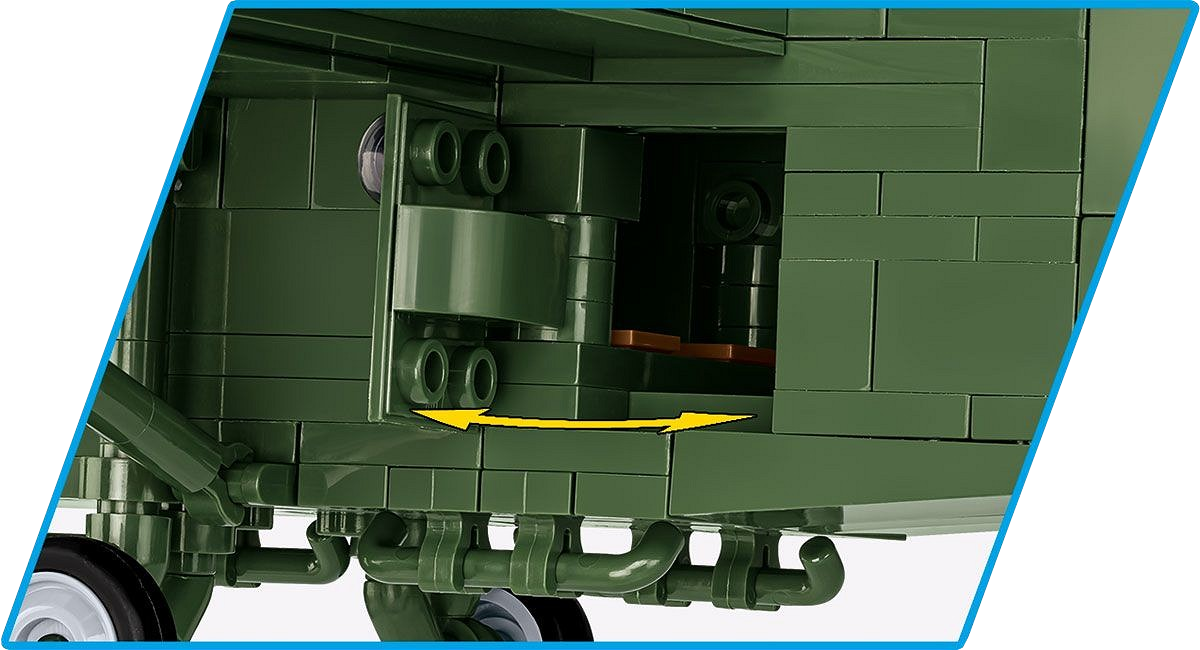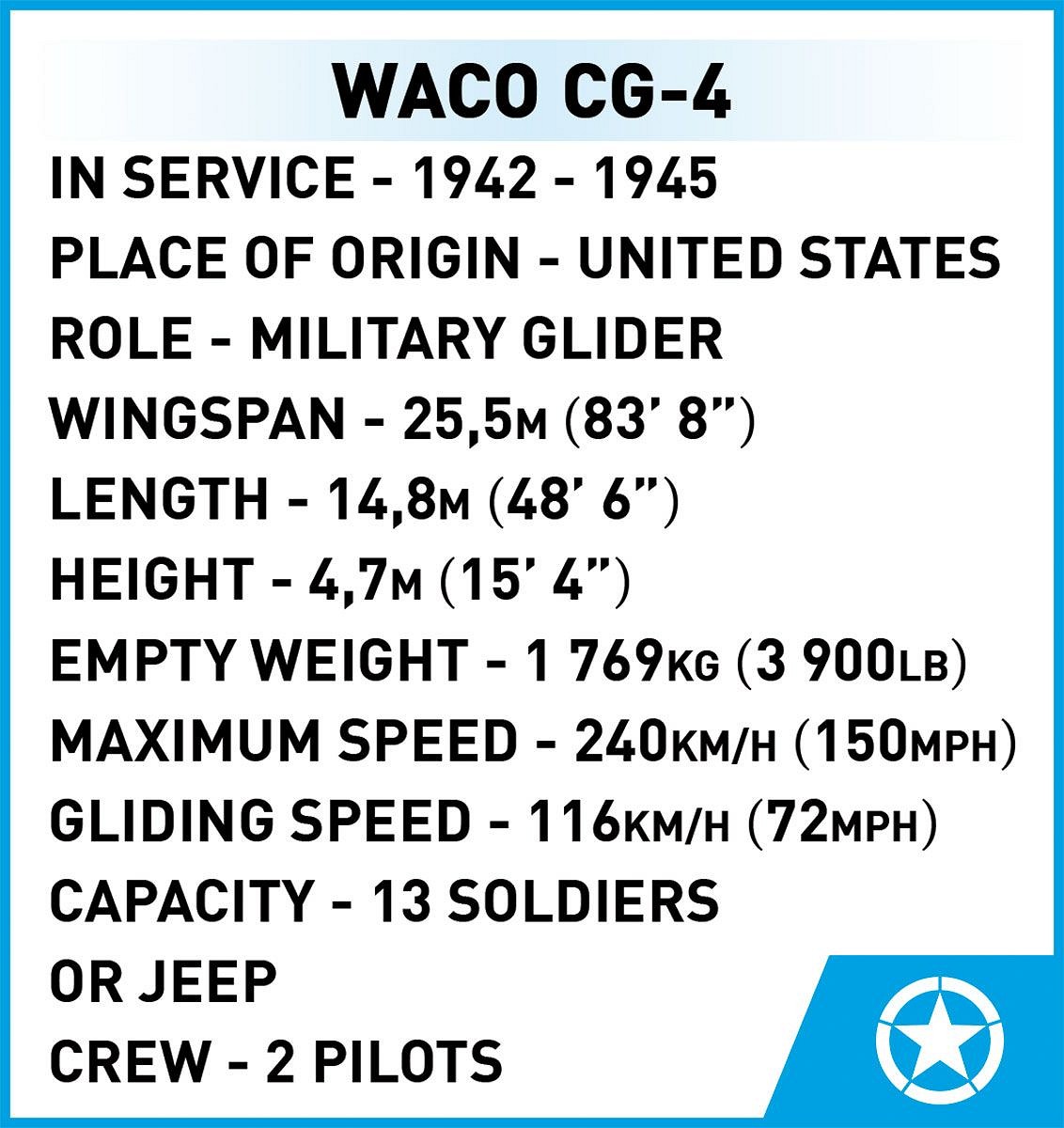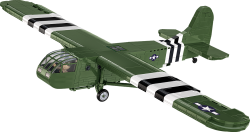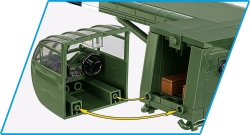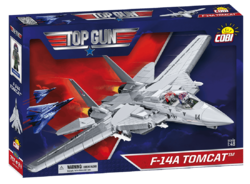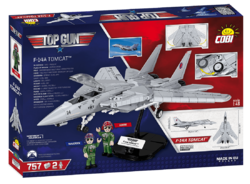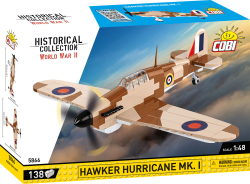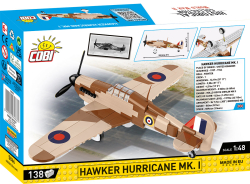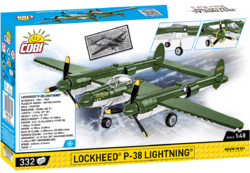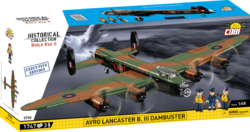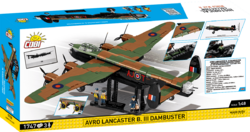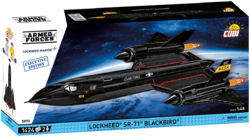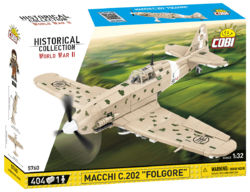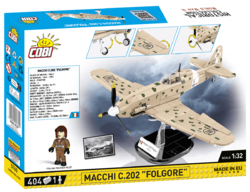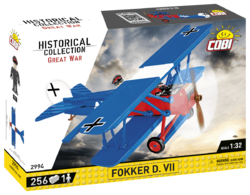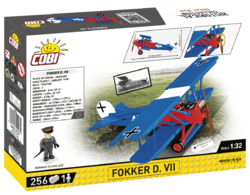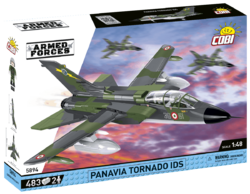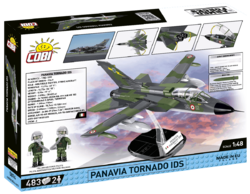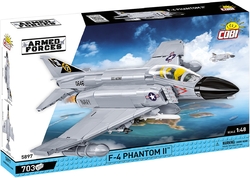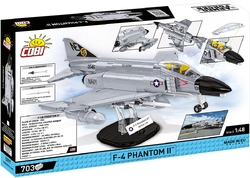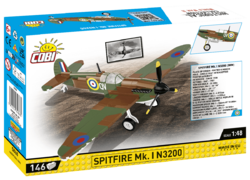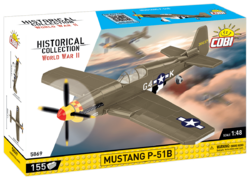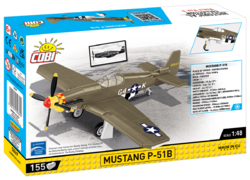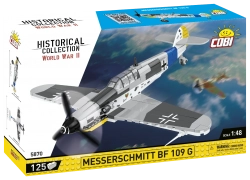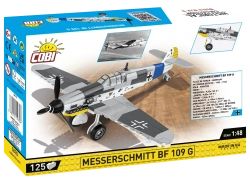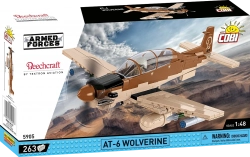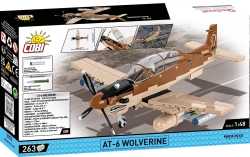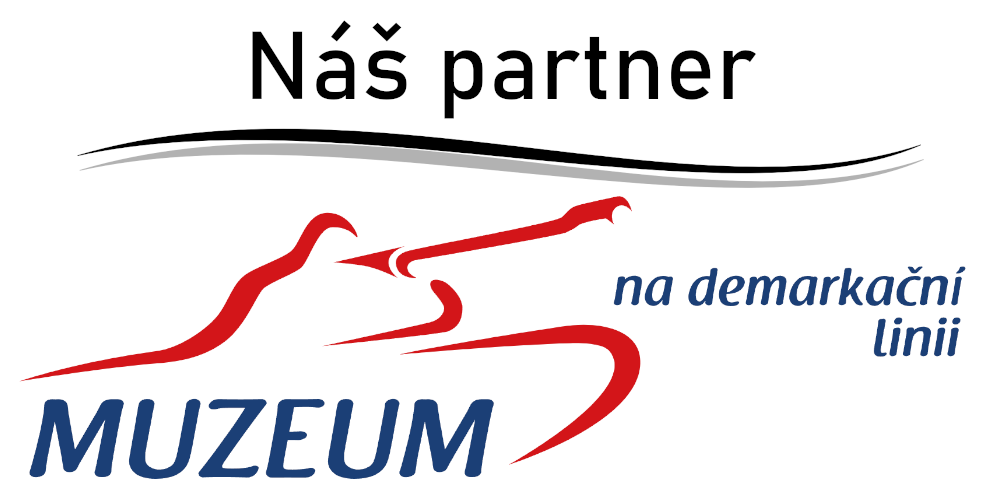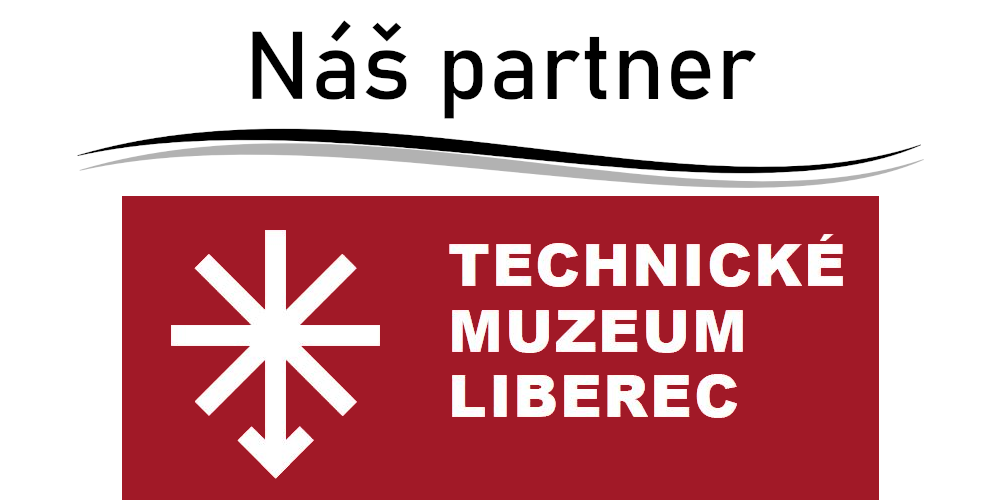If the soldiers wanted to get to enemy territory unnoticed and without engine sounds, they had only one option - a glider.
Kit of an American fifteen-seater glider in classic army green camouflage with invasion stripes. The assembled model has controllable flaps on the wings, opening doors and a removable cockpit for convenient seating of the pilot figure.
Show more
0 %
(0 Ranking)
1 149 Kč
pcs
Add to Cart
In stock - ready to ship (2 pcs)
| List Number: | COBI-5755 |
| EAN: | 5902251057558 |
| Warranty: | 24 months |
| Manufacturer: | COBI |
| Loyalty Points: | 9 |
| Price excluding VAT: | 949,62 Kč |
Description
Parametres
Files and Links
Discussion
Reviews

You know that:
- The CG-4 glider had to carry not only soldiers, but also various equipment, light guns or vehicles.
- Its simple wooden construction allowed for quick and easy production - over 13,900 units were produced in total.
- These gliders were designed to be easy to assemble and disassemble on the battlefield.
- Glider models were also produced for training soldiers and pilots.
- Since pilots could not choose very much where they landed, they often landed in rough terrain and difficult conditions.
- The CG-4 was often towed behind C-47 Skytrain aircraft.
- Some models were even fitted with auxiliary engines for extended range.
- This model glider played a significant role in Operation Overlord, dropping troops behind enemy lines.
- The CG-4 served not only in American service, but also in British service - there it was known as the Hadrian.
- Some soldiers nicknamed the glider the "Flying Coffin" because of the high risk the pilots and crew faced during operations.
Technical parameters: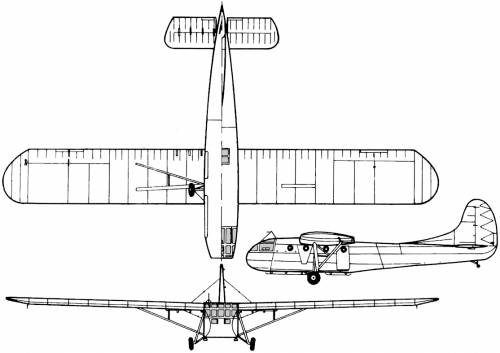
- dimensions: wingspan 25.5 m, length 14.8 m, height 4.3 m
- empty weight 1 340 kg
- maximum take-off weight 3 750 kg
- maximum flight level typically up to 4 600 m
- maximum towing speed 240 km/h
- crew 2 pilots + 13 soldiers
Major General William C. Lee about the CG-4 glider:
"Flying in a glider is like sitting in the front row of a roller coaster, but without seat belts and feeling like you don't have friends on the ground to help you if something goes wrong."
Assembly instructions
| Version (series) | 05/2024 |
|---|---|
| Number of figurines | 1 pcs |
| Recommended age | 10+ |
| Scale | 1:48 |
| Dimensions after assembly | 31 x 51,5 x 9,5 cm |
| Box dimensions | 45 x 30,5 x 6 cm |
| Number of pieces | 784 pcs |
| Package weight | 860 g |
| Contains luminous blocks | No |
| Material | Plastic |
| Collection | World War II |
| Compatible with other brand of kits | Yes |
Discussion is empty.
There is no review for product yet









